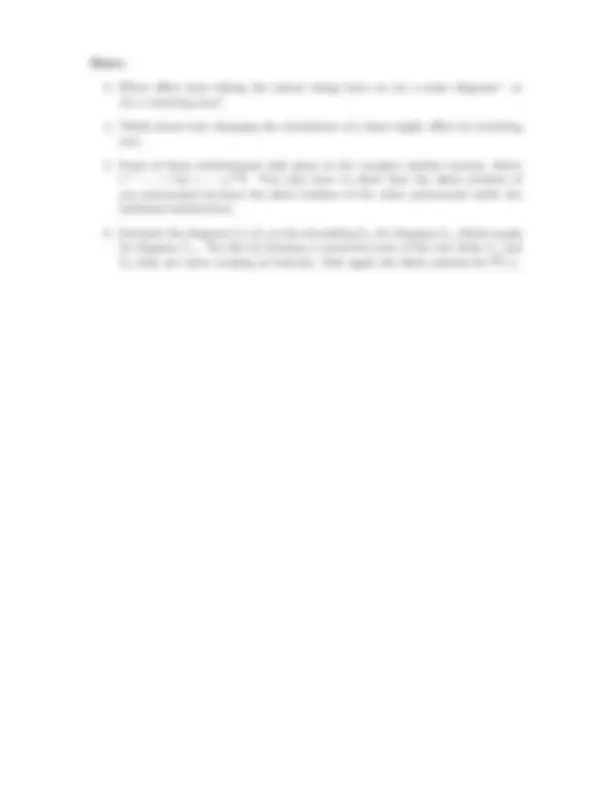



Study with the several resources on Docsity

Earn points by helping other students or get them with a premium plan


Prepare for your exams
Study with the several resources on Docsity

Earn points to download
Earn points by helping other students or get them with a premium plan
Community
Ask the community for help and clear up your study doubts
Discover the best universities in your country according to Docsity users
Free resources
Download our free guides on studying techniques, anxiety management strategies, and thesis advice from Docsity tutors
Material Type: Assignment; Class: Geometry and Topology.; Subject: MATHEMATICAL SCIENCE; University: Ball State University; Term: Fall 2009;
Typology: Assignments
1 / 2

This page cannot be seen from the preview
Don't miss anything!


Due: November 11, 2009 Dr. Fischer
(a) Draw a complete diagram of all states for this knot. (b) Use your diagram to compute the Kauffman polynomial F 52 (t).
(a) Use the description in terms of states to show that F (^) K¯ (t) = FK (t−^1 ). (b) Use skein relations to prove that P (^) K¯ (x, y) = PK (x−^1 , y). (c) Is the knot 5 2 amphicheiral?
(a) Show that FL(t) can be obtained from PL(x, y) by substituting x = t^4
and y = (t^2 − t−^2 )
(b) Show that ∇L(z) can be obtained from PL(x, y) by substituting x =
and y = z
(c) Prove that VL(s) = FL(s−^1 /^4 ) and that ∆L(w) = ∇L(w^1 /^2 − w−^1 /^2 ).
[See the reverse side for hints!]
Hints:
−1. You only have to show that the skein relation of one polynomial becomes the skein relation of the other polynomial under the indicated substitution.